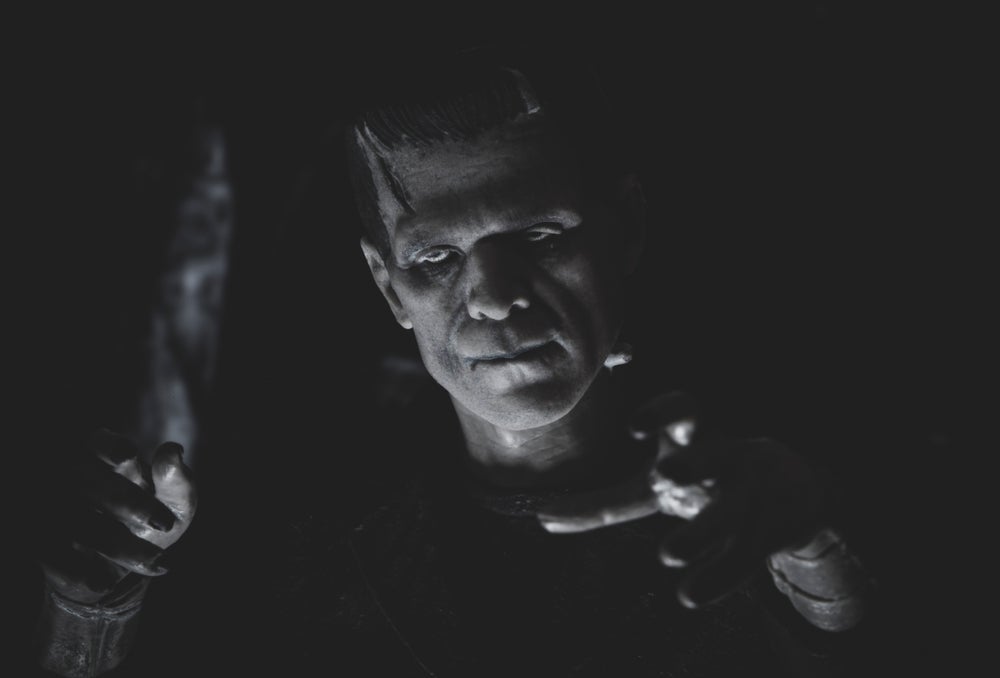The horror genre in film production is fast evolving.
The Bela Lugosi era of Dracula, with the obvious strings attached to the bat, has long gone. Modern movie fans are now more accustomed to more realistic visual effects through computer-generated imagery (CGI). However, producers must weigh up the hefty cost of CGI and AI tricks with the benefit of making a more realistic nightmare for audiences.
Horror is the cheap and cheerful (sort of) family member of film genres
Horror films have traditionally been low-budget, and some of the cheapest films to produce were hugely successful. Think Paranormal Activity, which cost a grand total of $215 thousand to make and earned $108m at the box office. Other microbudget masterpieces include the 1999 Blair Witch Project ($22,500) and 1968 Night of the Living Dead ($114,000), which were both multimillion-dollar hits ($248m and $30m, respectively).
It begs the question of what would incentivize horror film producers to include expensive technology if they can generate spooky hits without it?
The cost of CGI ranges from hundreds of thousands to upwards of several million, depending on the level and scope of the visuals. For a lot of horror producers that is their entire budget. In the short term, with AI-supported CGI being incredibly expensive, it hardly seems worth it.
How to successfully scare and entertain audiences
The 1990s were a difficult time for horror fans, who grew tired of the formulaic, predictable slasher films.

US Tariffs are shifting - will you react or anticipate?
Don’t let policy changes catch you off guard. Stay proactive with real-time data and expert analysis.
By GlobalDataThen along came Wes Craven’s 1996 classic Scream which pulled the genre out of a rut by offering something new.
The film provided a cultural, and slightly comedic, commentary on how characters behave in horror films—as though they themselves had never seen a horror film. It subverted audience expectations.
A more recent example of a film drawing inspiration from the real-life zeitgeist is Jordan Peele’s successful debut Get Out (2017)—a creepy film with undertones of social and political commentary on race relations in the US. The storyline, and promise of something new and engaging for audiences, are key to the success of a horror film.
Good horror is also about suggestion and imagination
The Conjuring universe, which has produced some of the most iconic monsters in horror, is a good example of when CGI is redundant. The franchise relies more on classic horror techniques, focusing on sound and lighting, in lieu of special effects to alter the visuals. This allows the audience’s imaginations to run wild, anticipating what is about to happen next. Director John Leonetti never used CGI to alter the doll Anabelle’s appearance or movements, deciding correctly that she is terrifying enough as she is.
Poor CGI can also take audiences out of the moment. The Thing sequel in 2011, which was criticized for poor visual effects was considered to not be as good as the 1980s original which relied exclusively on practical, not digital, effects. It is an example of how relying on special effects can make horror producers lazy, as they rely on them rather than using creative methods.
In the long run, as the technology becomes more advanced and cheaper, AI-supported CGI will help make horror more immersive and terrifying. However, it should be used sparingly. If a film does not have a good foundation, such as an engaging storyline, then using AI-supported CGI is like slapping lipstick on a pig.









